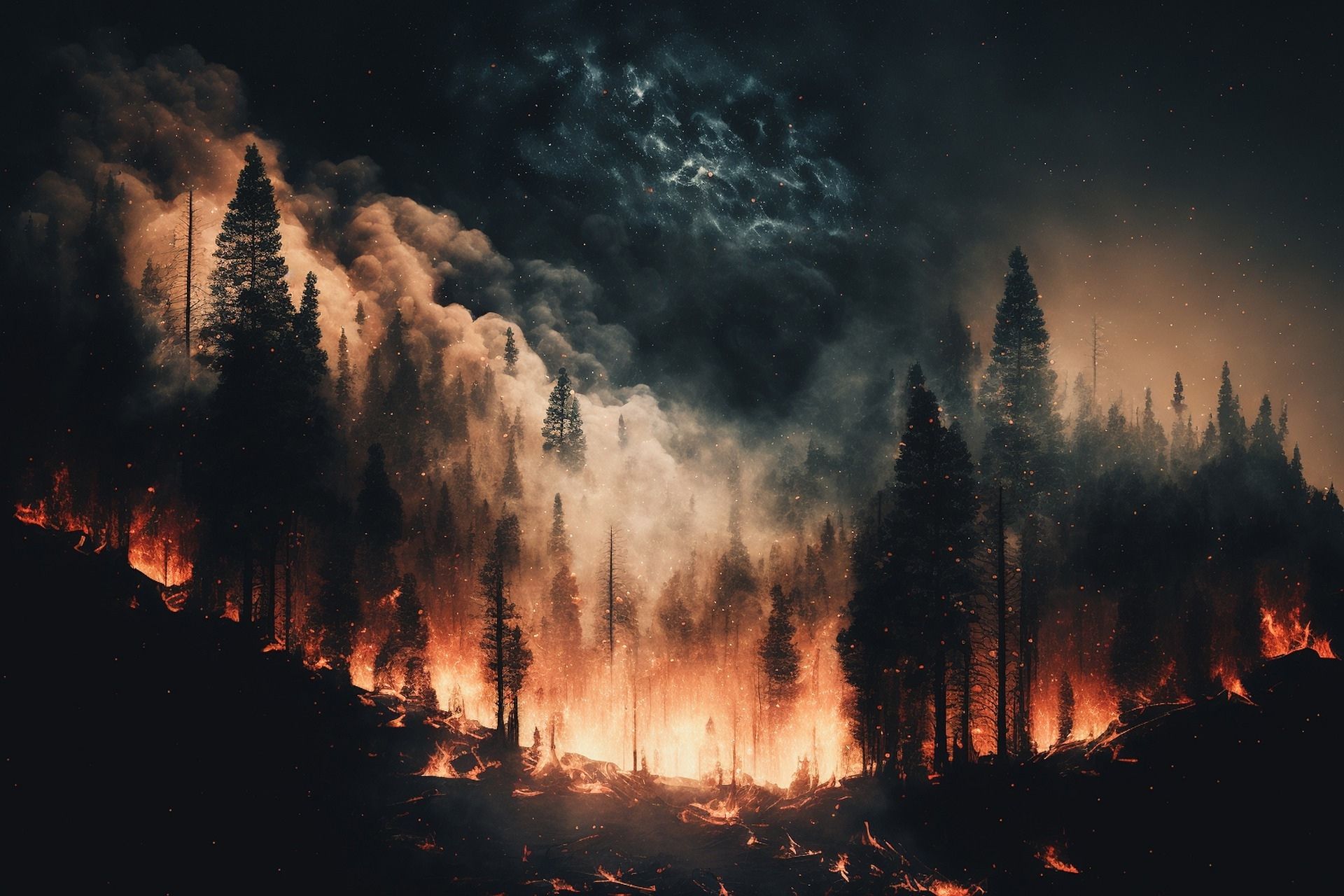The California Wildfires 2025 have been a wake-up call for both the state of California and the entire United States, highlighting the growing threats posed by climate change and environmental neglect. The fires that erupted in Los Angeles County this year have not only devastated neighborhoods but have also tested the limits of emergency response and recovery operations. As we move forward into 2025, however, there is an overwhelming sense of hope as the state begins to rebuild and recover, demonstrating remarkable resilience in the face of disaster.
Emergency Response to California Wildfires
The emergency response to California wildfires 2025 has been nothing short of extraordinary. Once the fires began to ravage parts of Los Angeles, both state and federal agencies quickly mobilized, bringing together some of the most advanced firefighting equipment and personnel available. The California Wildfires 2025 has proven to be one of the most challenging fire seasons in the state’s history, and as a result, the response needed to be swift, efficient, and all-encompassing.
Thousands of firefighters were deployed to combat the flames, supported by air teams that dropped fire retardants and water to slow the spread of the fires. The National Guard was called into action, assisting not only in firefighting efforts but also in helping with evacuations, providing medical aid, and ensuring public safety.
Furthermore, local police departments and emergency services worked tirelessly to coordinate evacuations and ensure the safety of residents. For those who were forced to evacuate, shelters were set up across the county, offering not only refuge but critical resources like food, water, and first aid. A strong focus on communication between agencies ensured a seamless operation and the community came together to help those in need.
For more information on emergency response to California wildfires 2025, you can visit here. The platform has been actively covering evacuation protocols, damage control efforts, and recovery measures taken during these challenging times.
California Wildfires 2025: Current Status and Ongoing Efforts
By January 2025, the immediate dangers from the California Wildfires 2025 began to subside, thanks to the tireless efforts of firefighters, volunteers, and emergency responders. However, the damage is extensive, with thousands of homes and businesses destroyed, lives lost, and communities left in shambles. Despite this, there is an ongoing, concerted effort to ensure that the survivors are supported and that recovery can begin as soon as possible.
The state of California, along with FEMA (Federal Emergency Management Agency), has pledged to assist those affected through both short-term aid and long-term recovery efforts. This includes financial relief for families and businesses, grants for rebuilding homes, and loans for those who have lost everything. Resources have been made available on websites such as CA.gov, which provides an accessible portal for wildfire survivors to seek help.
Moreover, the community has played a central role in aiding recovery efforts. Non-profit organizations, volunteers, and local charities have banded together to provide shelter, food, and emotional support for those who were affected by the wildfires. Platforms like GoFundMe have seen an outpouring of donations from citizens across the country who wish to contribute to the relief efforts. These donations are being used to directly support survivors with their immediate needs, such as temporary housing, as well as to fund longer-term recovery projects.
You can also get information about those Celebrities Who Lost Their Homes in California Wildfires 2025 here.
Rebuilding Los Angeles and the Path Forward
Looking ahead, the California Wildfires 2025 offers an opportunity to reflect on the need for a more resilient and sustainable approach to urban planning and wildfire prevention. Local authorities and experts have emphasized that recovery will not be limited to just rebuilding structures; it will also involve reevaluating policies and strategies that help prevent future catastrophes.
New building codes and fire-resistant materials will likely become a central part of the rebuilding process to reduce the risk of future fires. Firebreaks, which are large cleared areas of land devoid of vegetation that help stop the spread of wildfires, are expected to be expanded across affected regions. Additionally, fire hazard zones will be carefully examined, and vulnerable communities will be prioritized for enhanced protective measures.
The ongoing efforts to replant and restore local ecosystems will also be crucial in rebuilding Los Angeles after the California Wildfires 2025. Local environmental groups have already begun working on large-scale reforestation projects that aim to restore burned land. The idea is that, with time, these efforts will not only restore natural beauty to the landscape but also improve the area’s resilience to future wildfires by reintroducing fire-resistant plant species and reducing the amount of dry brush that fuels flames.
Strengthening Community Resilience
In addition to physical rebuilding, the emotional and psychological toll of the California Wildfires 2025 is something that cannot be overlooked. Many residents who lost their homes, businesses, and even loved ones are grappling with the trauma of the event. Local mental health organizations, as well as state and federal agencies, have set up counseling services to help individuals cope with loss and displacement.
Mental health professionals are offering group therapy sessions and one-on-one counseling to those who are struggling, and resources are being made available to help children, the elderly, and people with disabilities who may need extra support during this recovery phase.
The emotional resilience of the community has been evident throughout the crisis. Even in the face of unimaginable loss, residents have banded together to support one another, demonstrating the strength of the human spirit. It is through this collective effort that Los Angeles will not only recover but will emerge stronger and more united.
Looking to the Future: Preparing for the Next Challenge
As California Wildfires 2025 fade into the history books, the lessons learned will become the foundation for future preparedness efforts. California is no stranger to wildfires, but the increasing frequency and severity of these events highlight the need for continued investment in wildfire prevention and emergency response infrastructure.
California is likely to implement even stricter building codes, more fire breaks, and more aggressive fire management techniques in the years to come. The state is also exploring new methods of early detection and rapid response, including the use of artificial intelligence to predict fire behavior and drone technology to monitor fires in real time.
Additionally, as global warming continues to exacerbate fire risks, California will have to continue adapting its strategies to mitigate the impacts of climate change on wildfire behavior.
Conclusion
The California Wildfires 2025 may have been a devastating event, but they also serve as a reminder of the power of community resilience and the strength of collective action. Through coordinated efforts between emergency responders, local authorities, and citizens, the state has already made significant strides in recovery.
Looking forward, the key to a stronger future lies in prevention, sustainability, and community preparedness. The fires may have taken much, but they have also brought people together, creating a renewed sense of hope for the future of California. With ongoing recovery efforts, innovative approaches to wildfire prevention, and a strong, united community, Los Angeles and the entire state of California are poised to rise above the challenges of 2025 and beyond.


